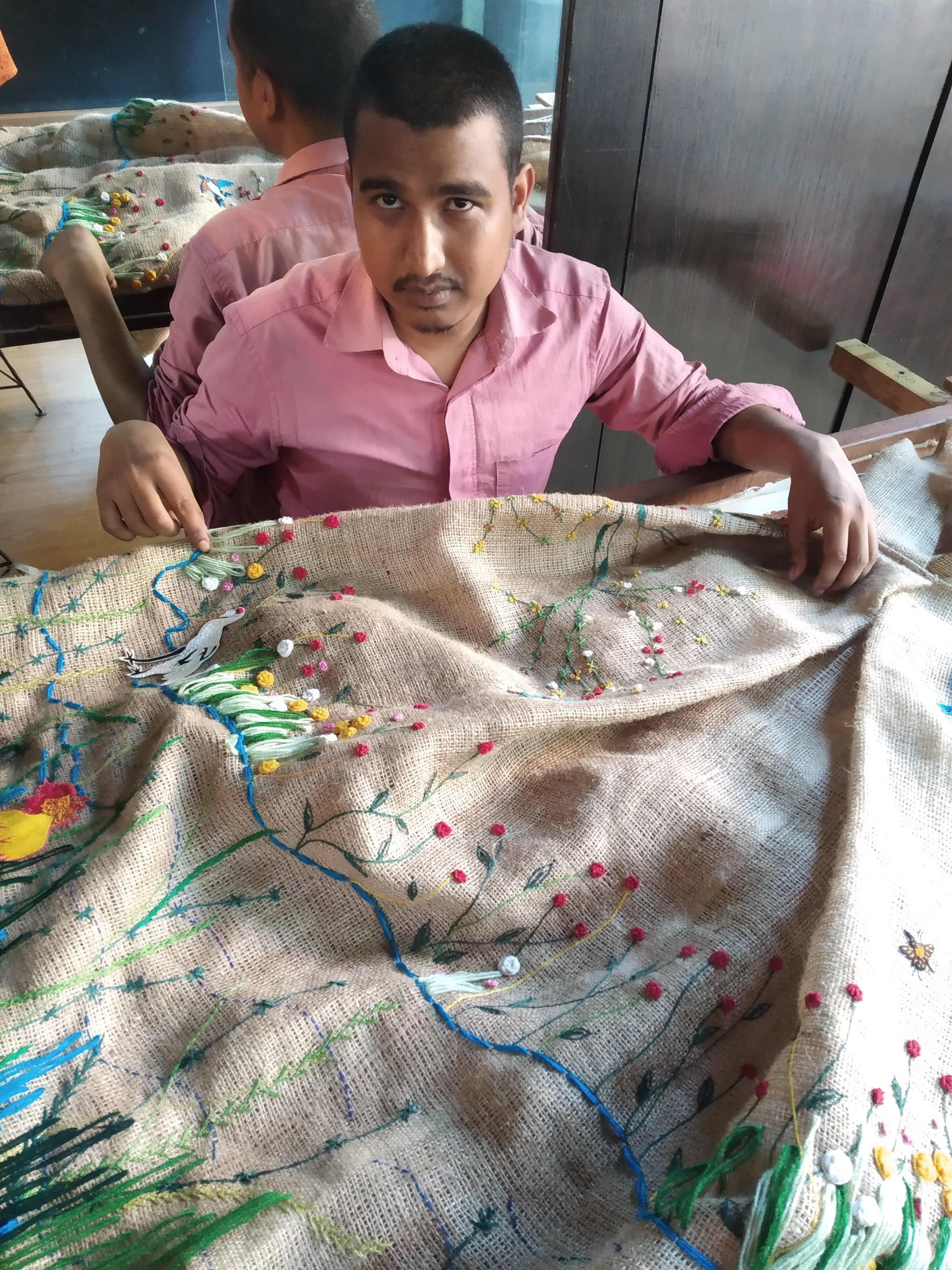Human Rights Day is celebrated on the 10th of December every year to commemorate the day in 1948 when the United Nations General Assembly adopted the Universal Declaration of Human Rights. It is a day that speaks of human equality and empowerment.
Flash back to the tragedy that occurred at Rana Plaza that would remain in our hearts forever. The 2013 Collapse of Rana Plaza was a structural failure that occurred on 24 April 2013 in the Savar Upazila of Dhaka District, Bangladesh, where an eight-story commercial building collapsed. The search for the dead ended on 13 May 2013 with a death toll of 1,132 with approximately 2,500 injured people rescued from the building alive.
The building contained clothing factories and other shops which could function without permits, the building was made using cheap construction materials, had extra floors above the original limit, and was built on a filled-in pond which compromised its structural integrity.
It was initially designed for shops, but the industrial processes added weight and stress to the building It has been cited as one of the worst tragedies in the history of modern fashion, the deadliest non-deliberate structural failure accident in modern human history, and the deadliest garment-factory disaster.
Each year, the Rana Plaza disaster reminds us of the work needed to recognize and redefine the impact the fashion industry has on the world.
The garment industry is a complex chain of people in various positions designated to do various jobs. When a piece of clothing is designed, it is prototyped, after which factories are assigned to take over the production. Fast fashion and the desire for “Cheap and Best” clothes have production managers scouting for factories willing to adjust to low prices and huge volumes.
Factories are generally called compliant when they are lawfully operating within both the external regulations and the internal regulations set forth by the company itself. For example, every factory has to have a fire exit, a system that allows garment workers a safe environment, a nursery for children, and ensure that the structural entity is robust adhering to the building and construction legislation. These are a few of the compliance rules among the many others that are required.
The company generally sends its compliance officers to check if the designated factory adheres to the compliance rule book, and once all the boxes are ticked, then the factory is good to serve the company and manufacture its goods.
So when fashion companies have such regulations in place, what could possibly go wrong? Most international brands outsource from manufacturing countries like India, Bangladesh, Vietnam etc. With their head offices located internationally, they would have a representative stationed at the manufacturing country to oversee production at the compliant and brand dedicated factory. Ideally, the finished product and process is mostly seamless, with the factories taking on orders which they can fulfill.
With fast fashion, prices are low and volumes are high, and with the mad scramble to get garments out for the season, most manufacturing factories assist several buyers from various brands, thereby increasing their workload. To complete the orders, factories outsource their production services to unregistered vendors unbeknown to the brands. Unregistered vendors have units built in residential areas, terraces, basements, and even car park garages stuffed with industrial machines. Most of these units do not meet standards required by the building and construction legislation. As a result, deaths from fire incidents and building collapses are frequent.
Unregistered vendors also work with an influx of tailors brought in by contractors. These garment workers hail from various parts of the country and are paid for the day and labour is cheap. They tend to be a wandering band of nomads making clothes across the country, moving from one unit to another, completing the job at hand
Sadly, it is here where one can see child labour rampant and humanity at its worst, with people sleeping on the floor next to their machines after long work hours. The poor labour conditions faced by workers in the ready-made garment sector have millions of people, most of them girls and women, exposed every day to an unsafe work environment with a high incidence of work-related accidents and deaths, as well as occupational diseases.
With no roof over their heads, these makeshift units become their temporary shelter which tends to be overcrowded, sordid and degrading.
I have constantly toiled with the concept of transparency in the fashion industry, while trying to uphold SDG’s 3 and 8- good health and wellbeing and decent work and economic growth. But at times, it has proved to be a convoluted opaque challenge. How does one penetrate the smoke screen that controls the nomadic garment workers, unpaid laborers, women and children involved, and the easy cheap invisible labour behind our clothes?
While there is no single answer to that question, there are several solutions, with the fashion community stepping up alongside human rights activists to ensure that we do not turn a blind eye, or be dismissive of the reality that lies before us.
If we as industry leaders understand the exploitation, misery, and human rights violation that lends itself to the making of our clothes, we will make sure to use the power of fashion, as a global community, to engage with people, uphold integrity, and be the societal change necessary to celebrate human rights day every day.
References:
International Labour Organization (Rana Plaza Accident)
The opinion piece above is from personal experience as a fashion designer in the garment industry



